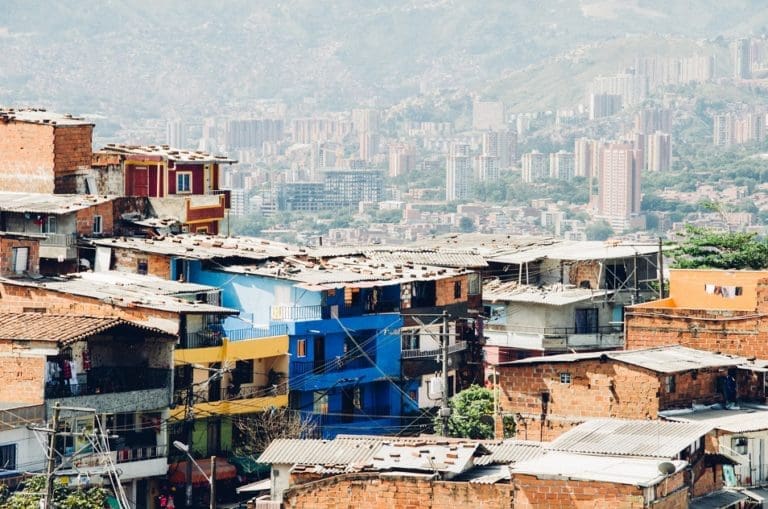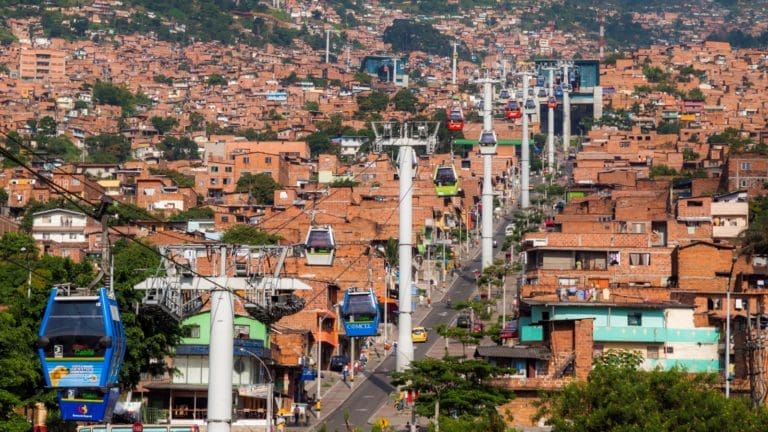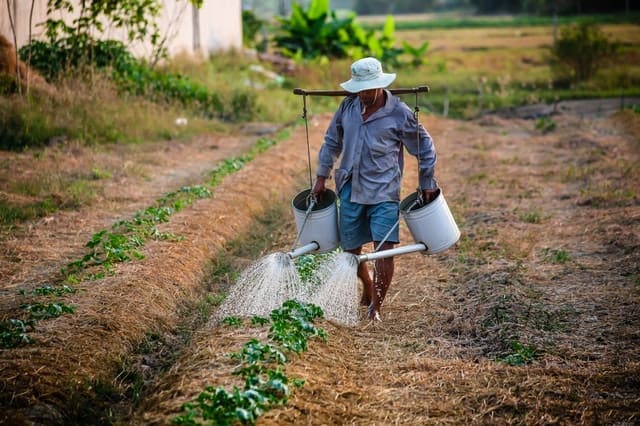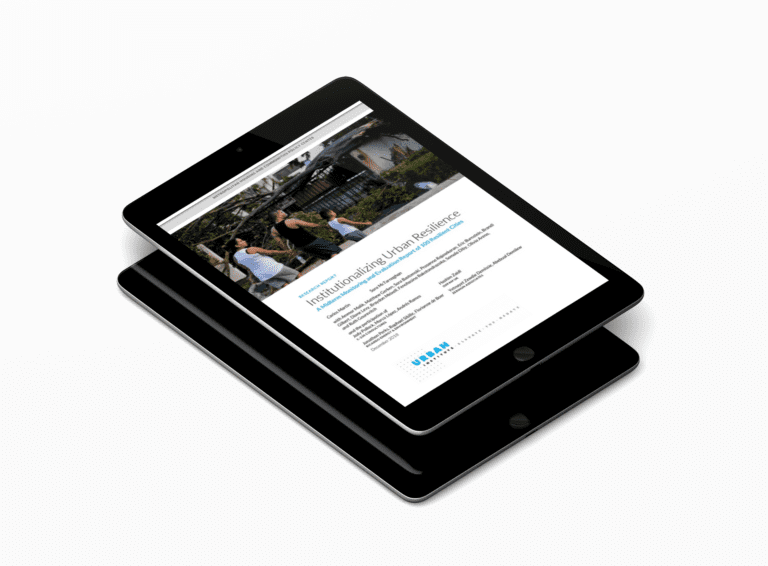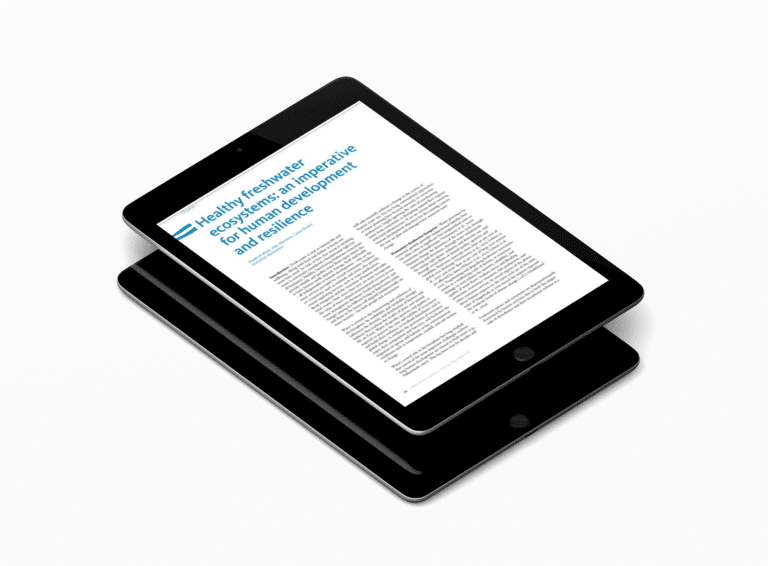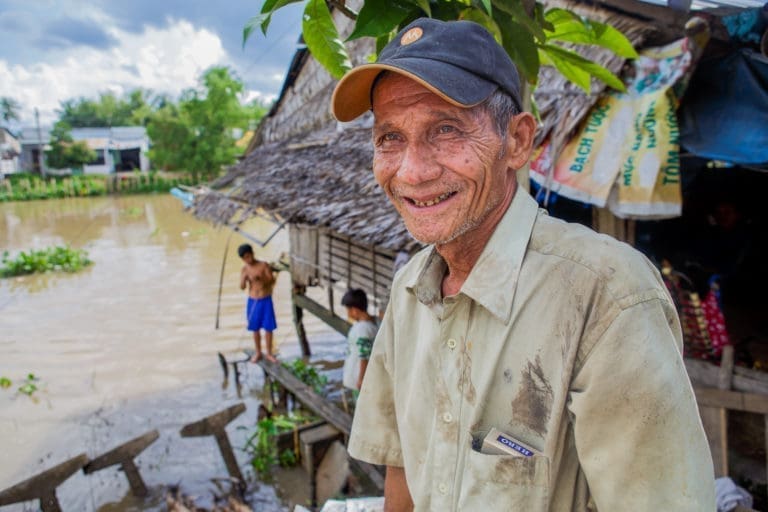- PerspectiveA recent New York Times article chronicled how Elmhurst Hospital in Queens was besieged by …
- PerspectiveRegardless of climate, infrastructure is a basic need for human survival. By definition, infrastructure is …
- Press ReleasesBrings Total Commitments Made In 2019 for Climate And Resilience To $40 Million ROTTERDAM, July 8, …
- Press ReleasesNew Grant Marks Next Phase of The Rockefeller Foundation’s Leadership on Climate and Resilience NEW YORK, …
- ReportThe world today is more densely populated and more interconnected than ever before, with more …
- ReportFresh water is vital to human life and wellbeing. Along with food and shelter, it …
- PerspectiveThis post originally appeared on Zilient.org. Over the past decade, the notion of resilience has emerged …
- SpeechesAs delivered at Jazz at Lincoln Center, New York City on Monday, July 24, 2017. Thank you, …
- Press ReleasesSummit Will Run From July 24th – July 28th in New York City Over 500 Urban …
- Press ReleasesNew Platform, Zilient, Allows Individuals Working in the Global Resilience Field to Network and Share …

